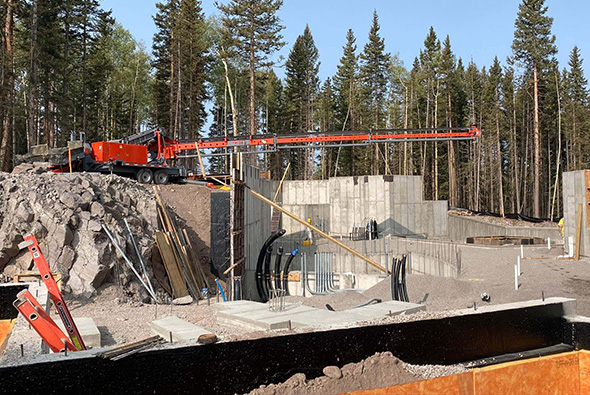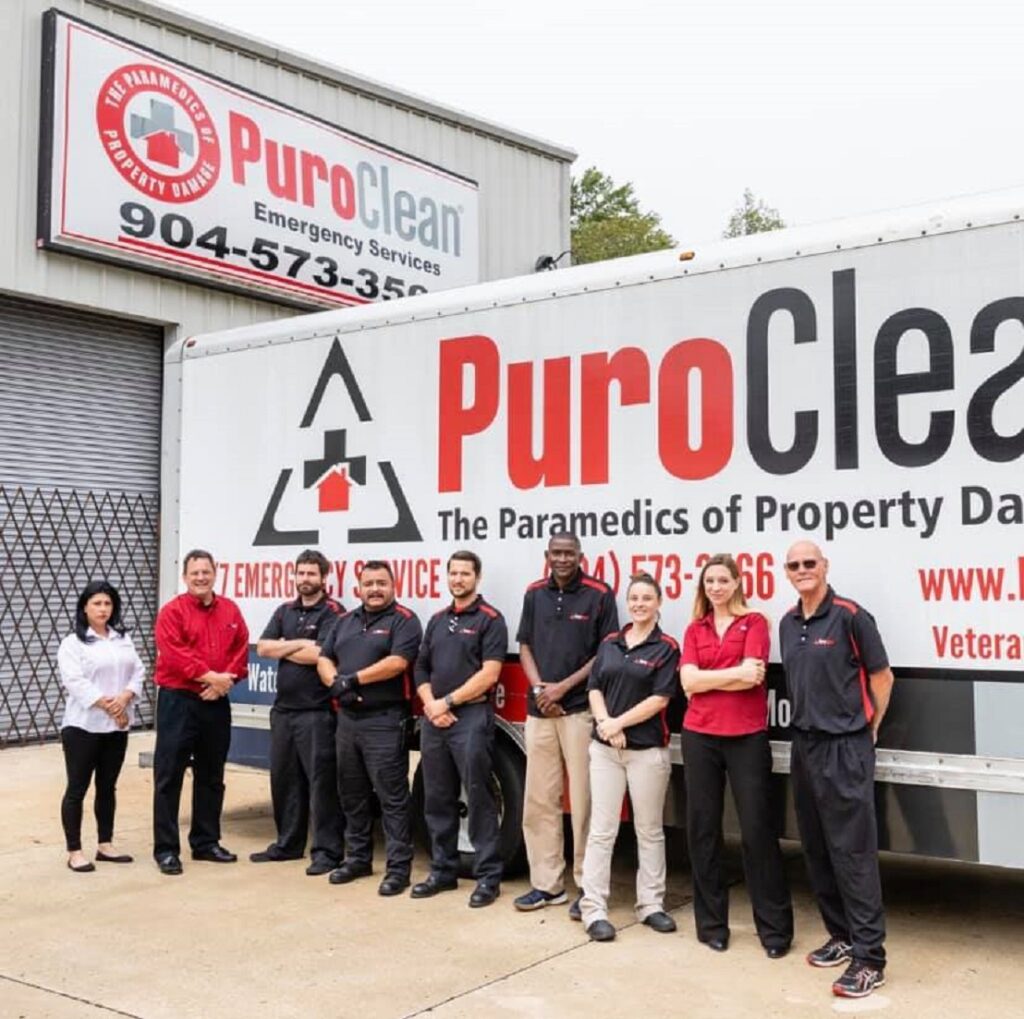The material handling equipment significantly contributes to the efficiency and effectiveness of many industries, from warehousing to production plants. These machines and tools guarantee easy movement, storage, and retrieval of products. To keep this equipment in top performance and long-lasting condition, it is crucial to have proper care and maintenance. Below is a guide to the maintenance of material handling equipment, which includes its cleanliness, cleaning, and inspections.
Key Steps to Care for Material Handling Equipment
Effective maintenance of material handling solutions involves a top-to-bottom approach to inspections, routine maintenance, and vigilance. When the following practices are implemented, not only will performance be enhanced, breakdowns will be less frequent, the lifespan of the equipment will be extended, and, finally, workplace safety will be guaranteed.
Regular Inspection of Material Handling Systems
Regular checks are crucial for identifying problems early. An effective routine inspection plan will include looking for signs of wear and tear, component looseness, and abnormal operation. Conveyor makers engineer material handling systems to withstand harsh use, but regular examinations can identify any components that need replacement or repair. For example, industrial conveyor systems may experience severe wear caused by improper inspection, which can result in expensive downtime.
At the inspections, please pay close attention to belting, chains, rollers, and electrical contacts. There should be no extraneous dirt, grime, or other debris that may interfere with the system’s operation. Addressing minor problems quickly will likely prevent them from becoming more significant failures.
Implementing Conveyor Maintenance Plans
Conveyor maintenance is critical to ensuring industrial conveyor systems work correctly. To avoid friction and prolong the machinery’s service time, conveyor components must be cleaned and lubricated frequently. Conveyor maintenance should be directed to the most commonly used parts, such as rollers, motors, and bearings. Ignoring the above factors can result in excessive wear that degrades the entire material handling system.
Peri periodic lubrication of moving components to properly maintain your conveyors can prevent failure. If the equipment is subjected to severe conditions, inspect it more frequently. Another crucial aspect of the process is verifying that the conveyor is correctly aligned. Misalignment can cause uneven wear, resulting in costly repairs.
Cleaning Material Handling Equipment Regularly
Hygiene is an integral part of the maintenance of material handling equipment. A clump of dust and debris can build up in the most sensitive parts, particularly near the moving parts, and can lead to malfunction. Industrial conveyor systems, widely used to transport goods and materials, should be periodically cleaned to operate a system properly.
Equipment cleaning should be shut off permanently, and proper cleaning agents should be used that do not deteriorate the machine. In the case of material handling systems, do not use aggressive chemicals that may lead to corrosion or degradation of metal components. By hand or soft brushes/vacuums, it is possible to remove the amount of debris in hard-to-reach places, maintaining a lack of obstruction on the functionality.
Training Employees on Proper Use
Inappropriate application of material handling devices can cause severe damage to equipment. Proper training of personnel to operate machinery safely is essential. Unsuitable loading or loading mistakes can lead to stress on the equipment and may cause breakdowns or malfunctions.
Education should focus on complying with operational rules, appropriately wearing and using protective apparatus, and preventing equipment overload. Fostering employee complaints about unusual noises or malfunctions as soon as possible can prevent minor problems from evolving into bigger ones.
Replacing Worn-Out Parts of Material Handling Systems
All parts of material handling systems eventually wear out. Conveyor assembly manufacturers develop the systems using replaceable parts so that you can keep it going for many years. Prompt replacement of aged or deteriorated components is of utmost importance to avoid system breakdown and to maintain the continuously efficient operation.
It is paramount to perform routine checks before parts need to be replaced. Bearings, belts, rollers, and other high-wear elements should be checked carefully for the appearance of fatigue. Preventative replacement of worn components minimizes the risk of failure, keeping marketing material handling equipment running smoothly.
Regular Calibration and Adjustment
With time, material handling systems, including industrial conveyor systems, may need to be recalibrated to operate at peak performance. Conveyor maintenance is regularly done by manipulating the speed of conveyor belts, realigning components, and optimizing settings to the operational requirements. If the systems are not calibrated correctly, this may result in inefficiencies and, in some cases, product damage.
Automated elements should be regularly calibrated so that they can continue operating in the allowed parameters. Calibration protocols must be accurate and administered by experienced technicians who can detect and correct real-time performance discrepancies.
Utilize Professional Services for Advanced Repairs
For somewhat more complex problems of material handling equipment, it is better to involve professional technicians. Repair services for the same or similar material handling solutions are usually provided or advised by conveyor manufacturers, who, so desired, can refer to specialized service providers for the repair. Routine workplace consultations can identify problems in advance of their impact on performance.
Further repairs may include replacing motors, sensors, or other sophisticated components that require unique expertise. Using experts guarantees that repairs are done safely and adequately without expensive errors that could cause the system to die.
Conclusion
Correct maintenance and care of material handling equipment are essential for industrial operations’ survival, effectiveness, and safety. Regular inspections, maintenance, and cleaning can prevent breakdowns and optimize system performance. Training employees, replacing worn parts on time, and seeking professional help when necessary can significantly extend the lifespan of material handling systems.



